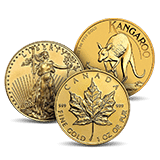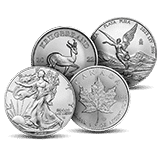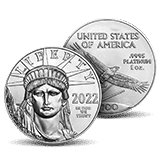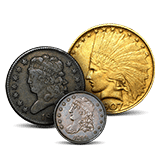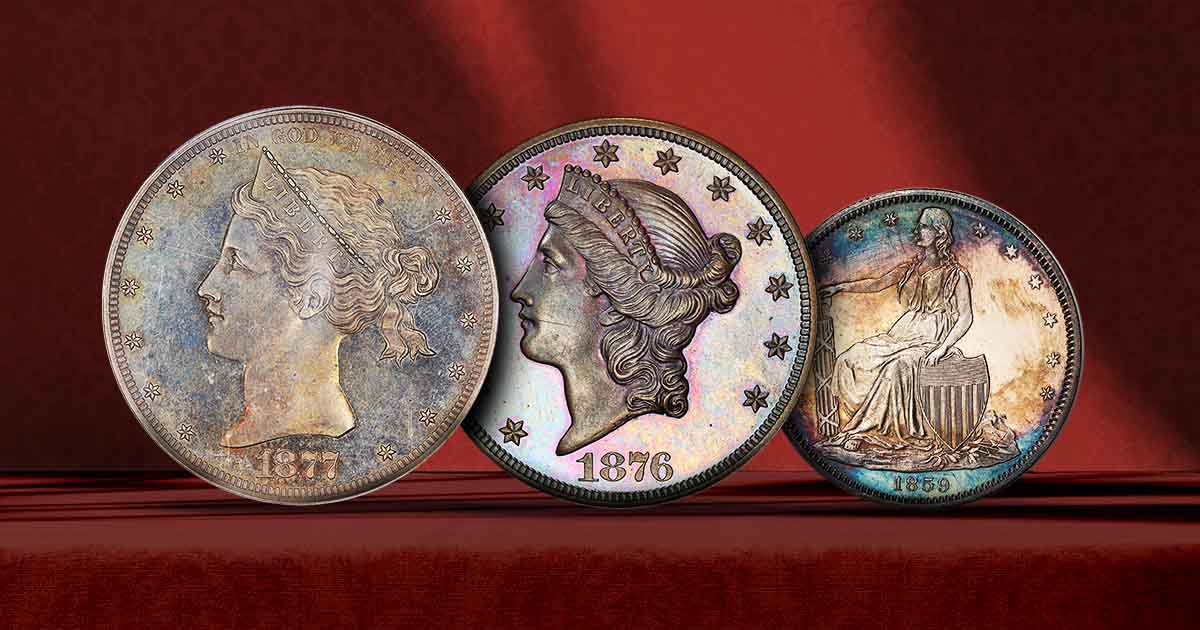
If you have spent much time perusing pattern coins and trial coins, you have probably seen listings that include the letter J followed by numbers in a product title. It may have read ‘1868 Three Cent Nickel Pattern (J-618)’ and left you curious about what the J-618 meant. Judd numbers on coins are used to catalog pattern coins in Dr. J. Hewitt Judd’s system, which he introduced in his book covering pattern coins.
Similar to the way that VAM numbers classify Morgan silver dollars and provide a common language for collectors, Judd numbers simplify organization around patterns and trial coins.
Who was Dr. J Hewitt Judd?
Doctor John Hewitt Judd was a numismatist and ophthalmologist from Nebraska. His work, United States Pattern, Experimental, and Trial Pieces, was published in 1959, and he served as the president of the American Numismatic Association from 1953 until 1955.
As a numismatist, Judd was dedicated and passionate about pattern coins and trial pieces. He wanted to understand the context and significance of trial coins and patterns and organize a personal collection of patterns. He also wanted to compile a comprehensive resource that could serve as a valuable reference guide for researchers and collectors. His book is in its tenth edition as of this writing, so it stands to reason that Dr. Judd accomplished his goal.
Dr. Judd recognized the importance of preserving numismatic history and felt that patterns and trial coins were neither well documented nor understood at the time. His goal was to rectify that with a thorough and meticulous guide that covered the varieties, rarities, and historical context of each pattern, trial, and experimental issue. Judd wanted his book to empower collectors and advance the study and appreciation of unique issues. United States Pattern, Experimental, and Trial Pieces provide collectors with photographs and detailed information about pattern and trial coins.
The First 20 Judd Patterns
Dr. J. Hewitt Judd assigned Judd numbers to patterns in their chronological order of issue, although some early patterns were not cataloged in his system. The first pattern Judd identified was an experimental issue of the Flowing Hair cent that had a smaller copper planchet with about ¼ of one cent with a silver plug worth ¾ of one cent.
| Date | Pattern Denomination | Metal | Edge | Judd Number |
| 1792 | Cent | Copper with a silver plug | Reeded | J-1 |
| 1792 | Cent | Copper | Reeded | J-2 |
| 1792 | Cent | Copper | Plain | J-3 |
| 1792 | Cent | Copper | Lettered | J-4 |
| 1792 | Cent | Copper | Lettered | J-5 |
| 1792 | Cent | White Metal | Plain | J-6 |
| 1792 | Half Dime | Silver | Reeded | J-7 |
| 1792 | Half Dime | Copper | Plain | J-8 |
| 1792 | Ten Cent | Silver | Reeded | J-9 |
| 1792 | Ten Cent | Copper | Reeded | J-10 |
| 1792 | Ten Cent | Copper | Plain | J-11 |
| 1792 | Quarter | Copper | Reeded | J-12 |
| 1792 | Quarter | White Metal | Plain | J-13 |
| 1794 | Half Dime | Copper | Reeded | J-14 |
| 1794 | Half Dime | Copper | Reeded | J-15 |
| 1794 | Half Dime | Copper | Plain | J-16 |
| 1794 | Half Dollar | Copper | Plain | J-17 |
| 1794 | Dollar | Copper | Lettered | J-18 |
| 1794 | Dollar | Copper | Lettered | J-19 |
| 1795 | Cent | Copper | Reeded | J-20 |

